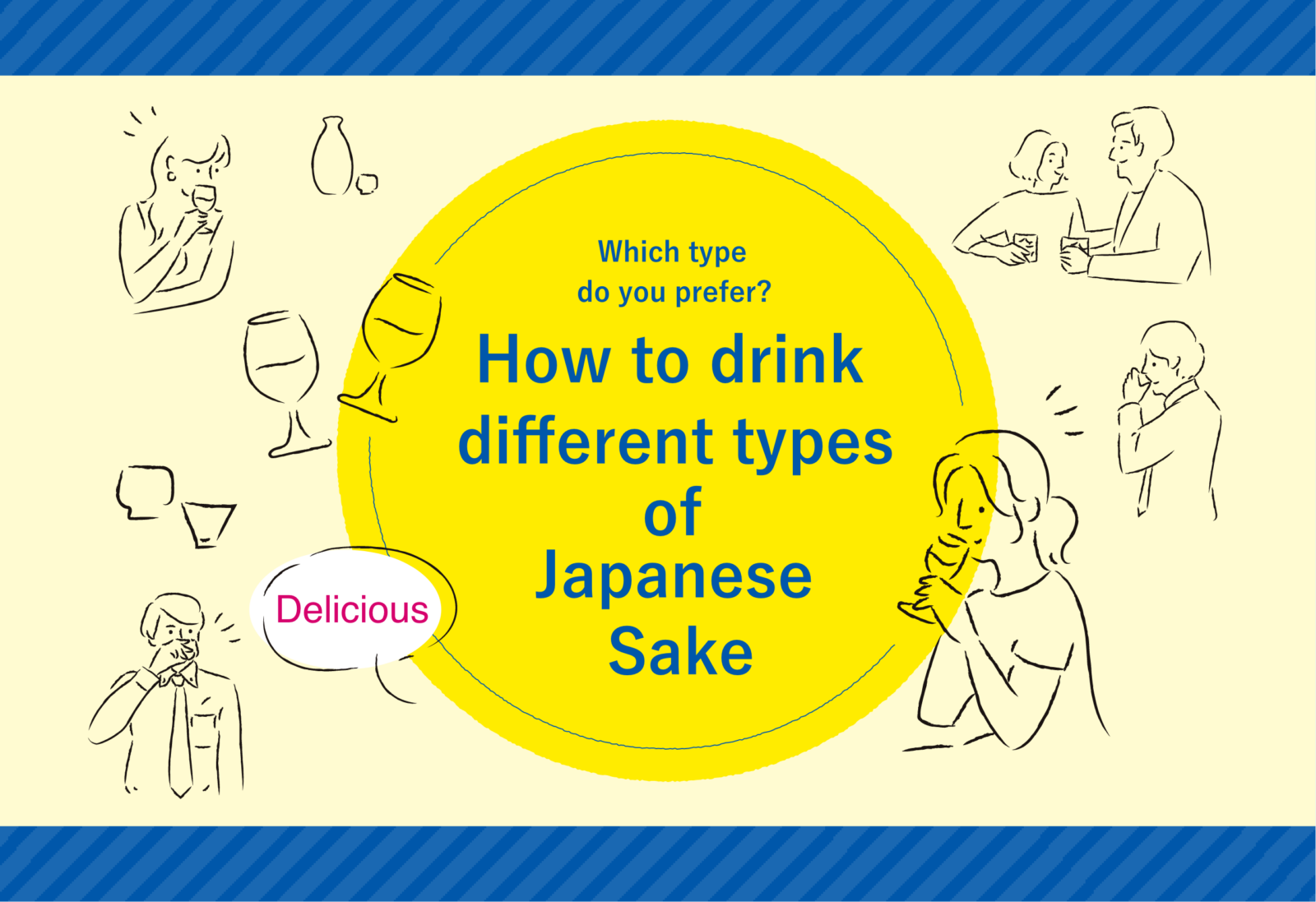
Sake is one of the few alcoholic beverages in the world that can be drunk at a variety of temperatures, including room temperature (Hiya), lukewarm, and hot.
Compared to other alcoholic beverages, it can be enjoyed in a wide range of
temperatures from 5℃ to 55℃.
Let’s earn about the right sake cups and dishes for each type of sake to enjoy
a more delicious tipsy time.
Sake type supervision:
Tanaka Sake Brewing Co., Ltd.
Supervision of sake drinking:
Greater Hokkaido Local Sake Association Pashuport Office
What is the rice milling Rate?
The ratio of the weight of white rice to its brown rice. For example, a milling ratio of 60% means that 40% of the surface layer of the brown rice is removed. The germ and surface layer of rice contain a lot of protein, fat, ash, vitamins, etc. These ingredients are necessary for the production of sake, but too much of them can spoil the aroma and taste of sake.
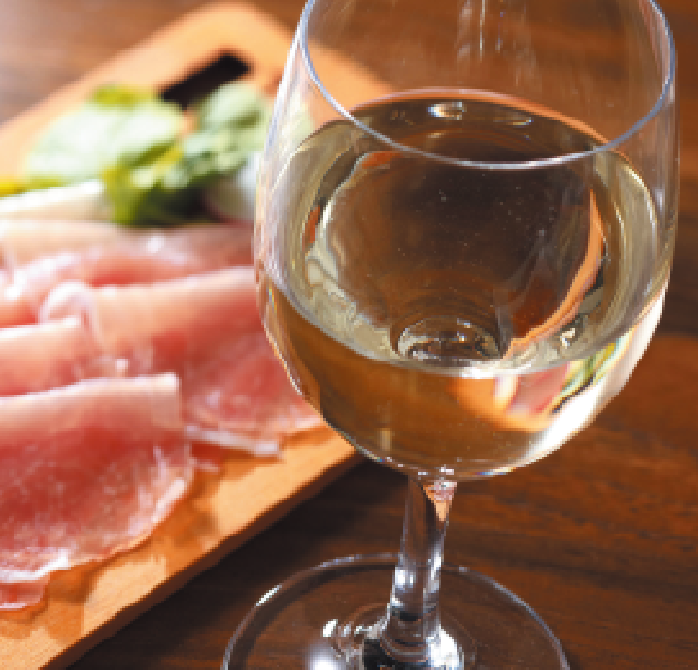

Crisp taste, refreshing and fruity
Ginjo-shu(吟醸酒)
Sake made from white rice with a milling ratio of 60% or less, rice malt, water, or these ingredients and jozo alcohol (neutral spirits). It has a good inherent aroma, flavor and color.
Classification of Specially Designated Sake
Ginjo-shu can be classified into two categories depending on various conditions such as the production method of the raw rice.

Ginjo-shu(吟醸酒)
Rice Milling Rate: 60% or less
Daiginjo-shu(大吟醸酒)
Rice Milling Rate: 50% or less
Recommended way to drink
Wine glass
The shape of a standard wine glass with a vertical bowl provides a fresh, fruity aroma and a refreshing thirst-quenching sensation.
| Ginjo-shu (吟醸酒) |
Daiginjo-shu (大吟醸酒) |
|
|---|---|---|
| Room temperature | ◎ | ◎ |
| Chilled | ○ | ○ |
| with water | × | × |
| Warm | △ | △ |
| with hot water | × | × |
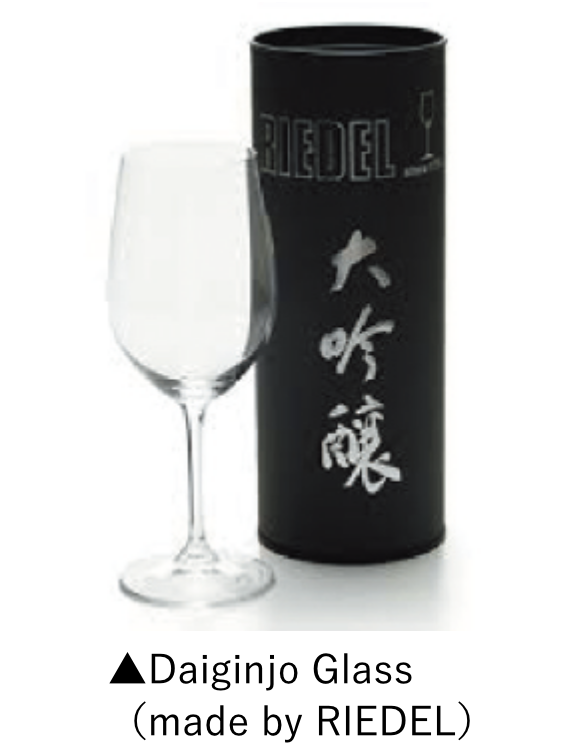
Dishes that go well with Ginjo-shu(Examples)
Lightly flavored dishes such as Sashimi of white fish, Seafood carpaccio,
Tempura of wild vegetables
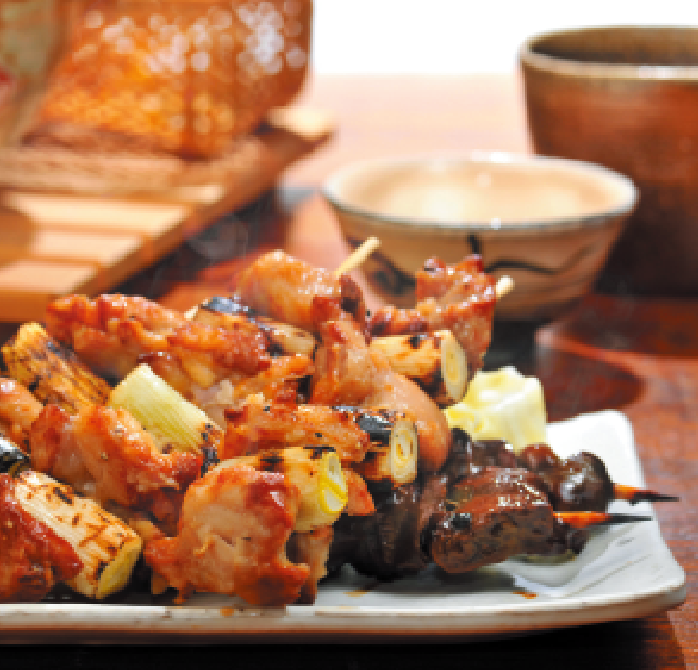

Rice flavor, mellow and deep rich taste
Junmai-shu(純米酒)
Sake made from white rice, rice malt and water, with good aroma, flavor and color. No alcohol is added, and the sake is literally made from rice alone.
Classification of Specially Designated Sake
Junmai-shu can be classified into four categories depending on various conditions such as the production method of the raw rice.

Junmai-shu(純米酒)
Rice Milling Rate: ——
Junmai Daiginjo-shu(純米大吟醸酒)
Rice Milling Rate: 50% or less
Junmai Ginjo-shu(純米吟醸酒)
Rice Milling Rate: 60% or less
Tokubetsu Junmai(特別純米酒)
Rice Milling Rate: 60% or less
or special production methods
Recommended way to drink
Wine glass
The shape of a standard wine glass with a vertical bowl provides a fresh, fruity aroma and a refreshing thirst-quenching sensation.
Ochoko
It softens the taste of sake. It is also thick enough to fill your mouth with deliciousness.
| Junmai-shu (純米酒) |
Junmai Ginjo-shu (純米吟醸酒) |
Junmai Daiginjo-shu (純米大吟醸酒) |
Tokubetsu Junmai-shu (特別純米酒) |
|
|---|---|---|---|---|
| Room temperature | ◎ | ◎ | ◎ | ◎ |
| Chilled | ○ | ○ | ○ | ○ |
| with water | △ | × | × | △ |
| Warm | ◎ | △ | △ | ◎ |
| with hot water | △ | × | × | △ |
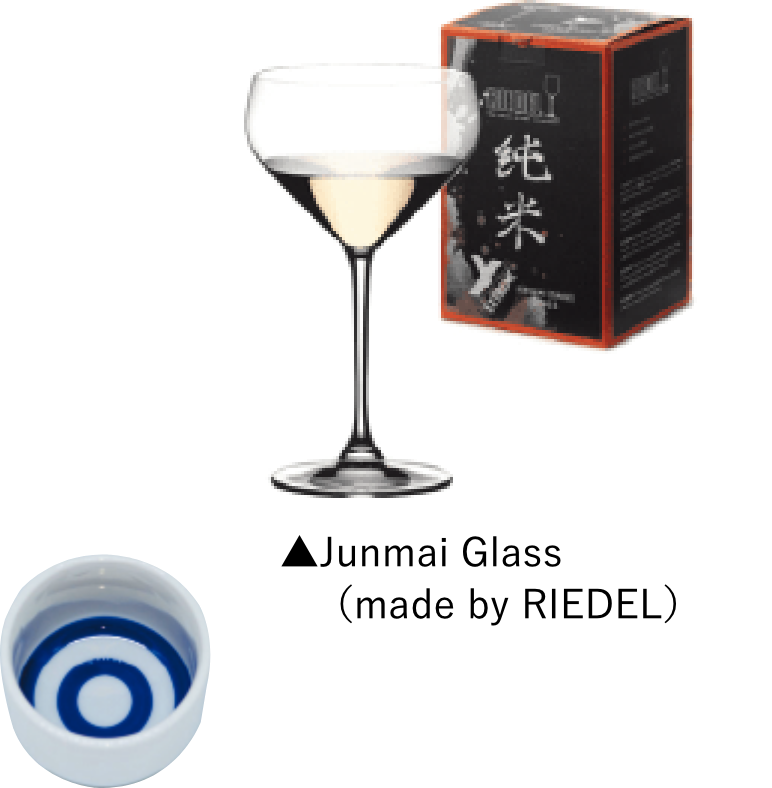
Dishes that go well with Junmai-shu(Examples)
Dishes with strong flavors, such as Simmered mackerel in miso,
Yakitori (with sauce), Dumplings
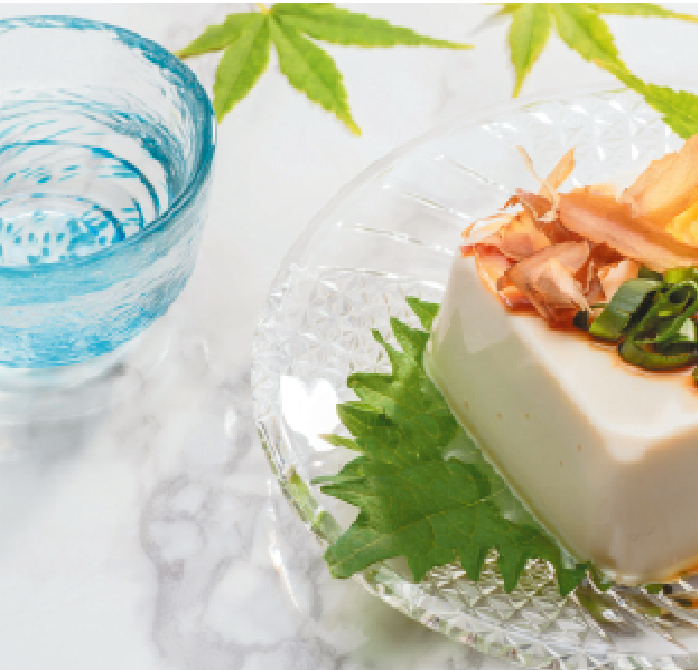

Moderate aroma, refreshing dry taste
Honjozo-shu(本醸造酒)
Sake made from white rice, rice malt and water, with good aroma, flavor Sake made from white rice with a milling ratio of 70% or less, rice malt, jozo alcohol (neutral spirits) and water, with a good aroma, flavor and color.
Classification of Specially Designated Sake
Honjozo-shu can be classified into two categories depending on various conditions such as the production method of the raw rice.

Honjozo-shu(本醸造酒)
Rice Milling Rate: 70% or less
Tokubetsu Honjozo-shu(特別本醸造酒)
Rice Milling Rate: 60% or less
or special production methods
Recommended way to drink
WiSmall sake cups made of glass, tin, etc.
Small, drinkable sake cups allow you to drink out of them before the temperature and taste change.
| Honjozo-shu (本醸造酒) |
Tokubetsu Honjozo-shu (特別本醸造酒) |
|
|---|---|---|
| Room temperature | ◎ | ◎ |
| Chilled | ○ | ○ |
| with water | △ | △ |
| Warm | ◎ | ◎ |
| with hot water | △ | △ |

Dishes that go well with Junmai-shu(Examples)
Simple and light dishes, such as Cold tofu, Salted fish,
Vinegared or pickled dish